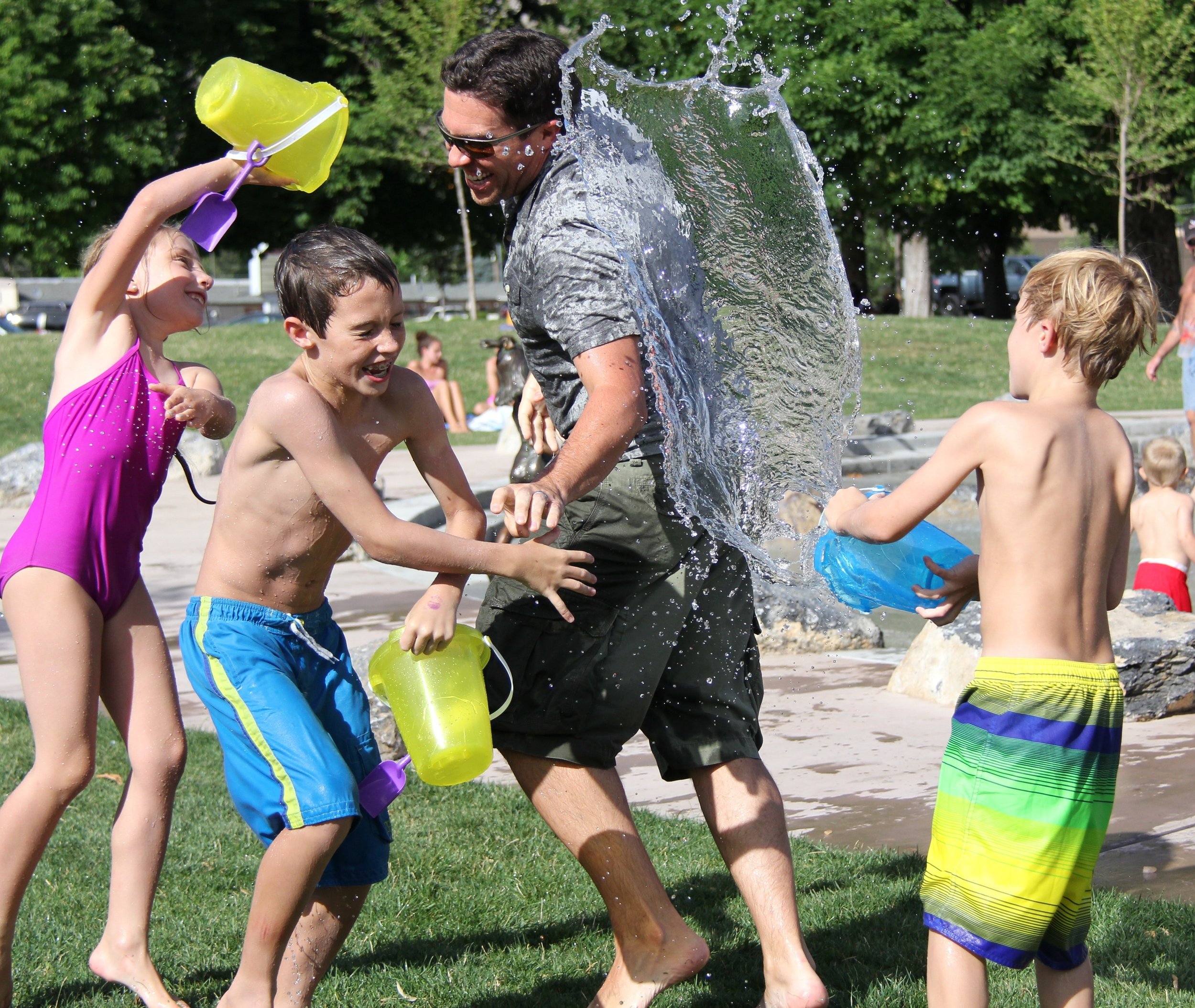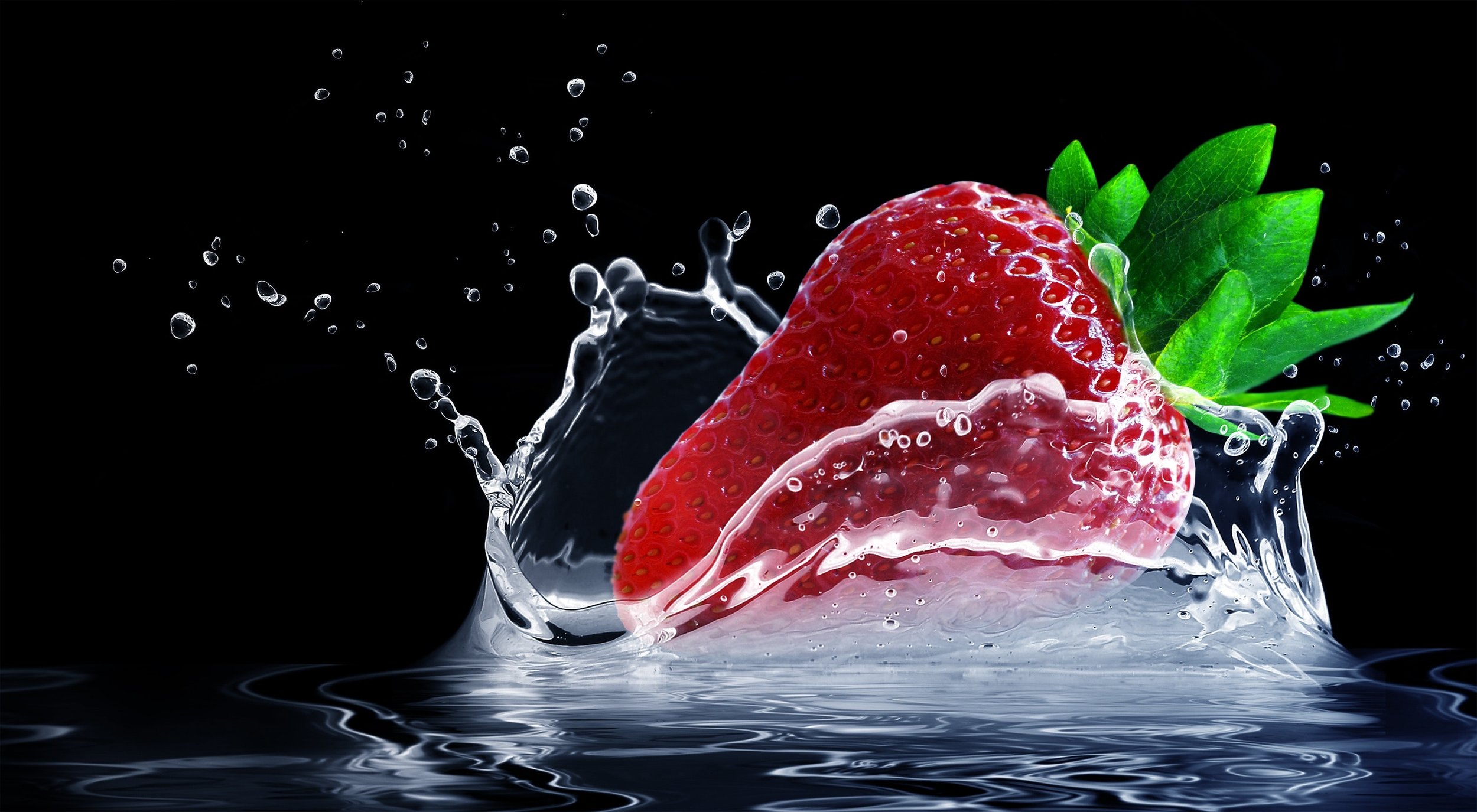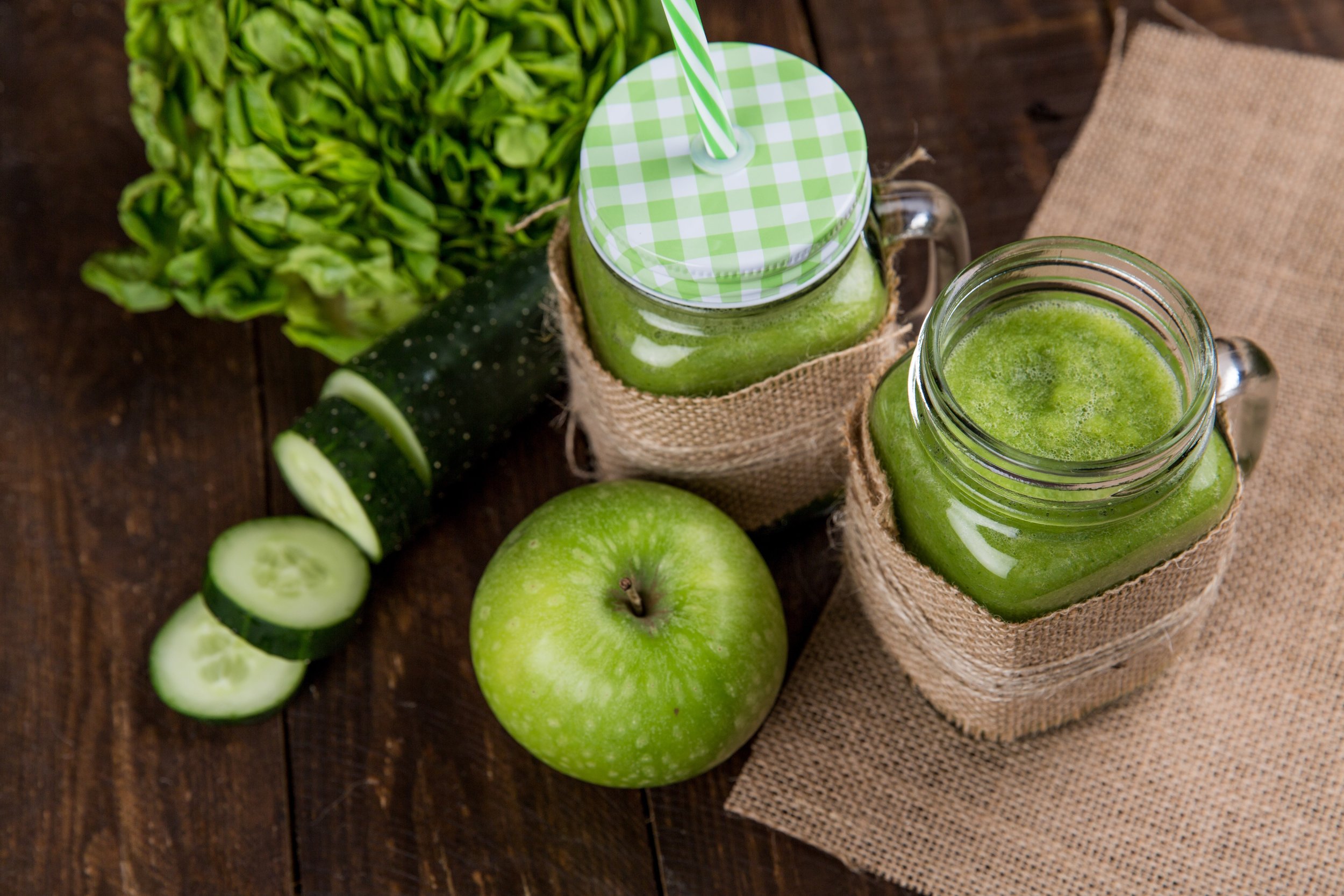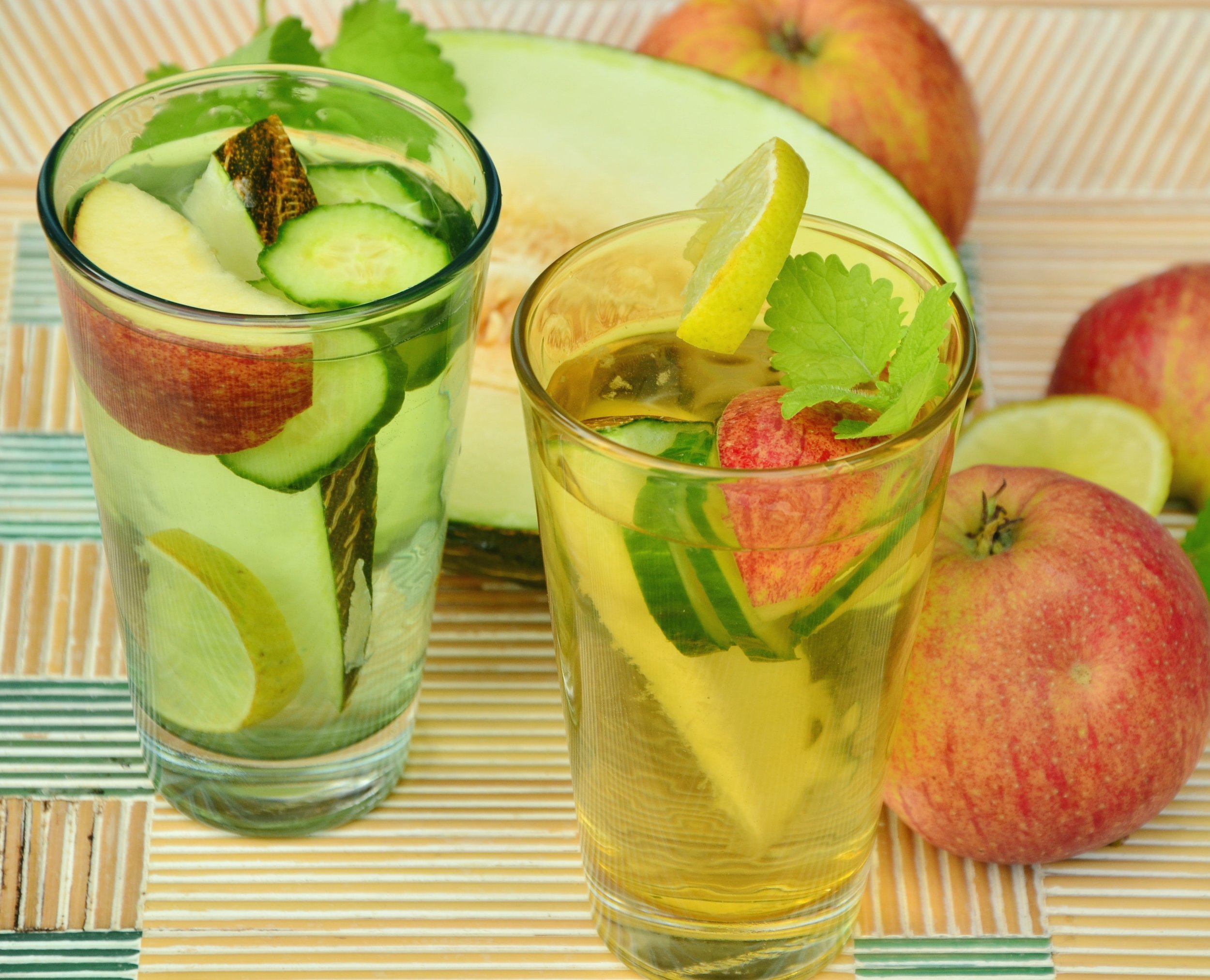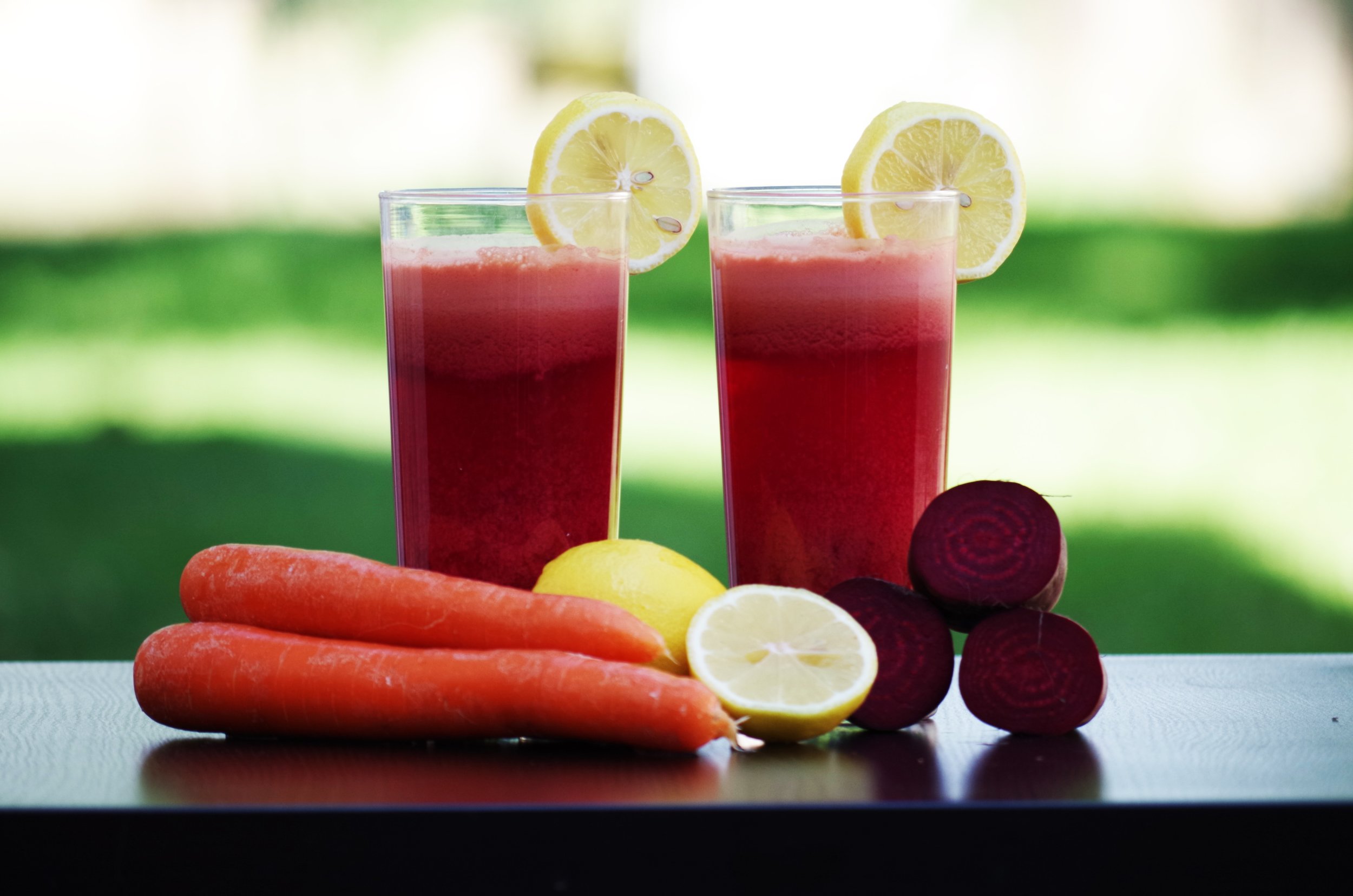As the temperatures continue to rise it’s important to remember to hydrate. Every cell in our body needs water. Our joints need water for cushioning. We need water for temperature regulation, and to help our digestion move smoothly.
According to the American College of Sports Medicine, to avoid dehydration, active people should drink at least 16- 20 ounces of fluid one to two hours before an outdoor activity.
Consume six to 12 ounces of fluid every 10 to 15 minutes and then replace lost fluid with an addition 16 to 24 lunches after the activity.
Urine color is a great way to measure dehydration. If it’s clear or pale yellow, you’re good to go. If it’s a darker yellow, drink up!
Heat-related illness is something else to be aware of. If you experience any of these, lower your body temperature and hydrate: muscle cramps, weakness, dizziness, confusion, headaches, and nausea or vomiting.
A great way to stay hydrated is to get used to carrying a reusable water bottle everywhere. Most bottles have measurements on the side so you’ll know how much water you’re consuming.
If you’re not a fan of plain water, adding fruit or fresh mint, can add a little flavor. For short activities water is ideal. For longer activities a sports drink can help replace electrolytes lost.
Many fruits and vegetables are mostly made of water. Pineapples, oranges, and raspberries are 87 percent water. Zucchini, radish, celery and broccoli are more than 90 percent water. They are also great sources of fiber.
Thirst is a sign that your body wants a drink, whether it’s a glass of water, a sweet fruit, or crunchy vegetable, listen to your body and give it what it needs.
Corey Flynn NDTR, CDM, CFPP
Here is what they mean: Nutrition and Dietetics Technician, Registered; Certified Dietary Manager; and Certified Food Protection Professional. She is also an ACE certified personal trainer.
Corey has degrees in nutrition, photography, and journalism. She enjoys adventure triathlons and hiking. She is currently working on a master’s degree in public policy and management with a concentration in environment and sustainability at the University of Pittsburgh Graduate School of Public and International Affairs while working full time and caring for her husband, three children, three cats, a beagle, two geckos, and one goldfish









